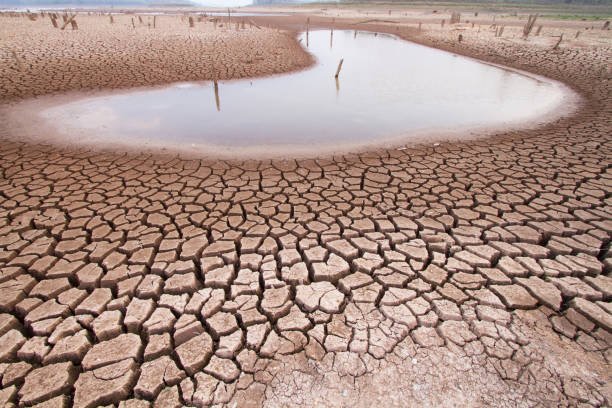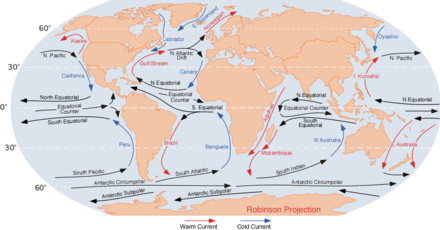Do you know why long-distance aircraft choose to fly in the lower part of the stratosphere? On this page we will discuss 7 common...
Causes and Effects of Ozone Depletion Essay Grade 10
Causes and Effects of Ozone Depletion Essay Grade 10
Title: Causes and Effects of Ozone Depletion
Introduction:
The ozone layer is an integral part of our planet’s atmosphere, acting as a protective barrier that shields Earth from the sun’s harmful ultraviolet (UV) radiation. The ozone layer is located approximately 10 to 30 kilometers above the Earth’s surface, within the stratosphere. However, over the past few decades, human activities have resulted in significant depletion of this critical layer. This essay will explore the causes and effects of ozone depletion.
Causes of Ozone Depletion:
- Chlorofluorocarbons (CFCs): One of the primary causes of ozone depletion is the release of chlorofluorocarbons. CFCs are a type of compound that was commonly used in aerosols, air conditioning systems, and refrigerants. When these compounds are released into the atmosphere, they can remain there for up to a century, slowly rising into the stratosphere where they are broken down by solar radiation and release chlorine atoms, which catalyze the breakdown of ozone molecules.
- Halons: Halons, used in fire suppression systems and firefighting, are another significant contributor to ozone depletion. Like CFCs, halons ascend to the stratosphere, where they break down and release bromine, an element even more efficient than chlorine at destroying ozone.
- Nitrous Oxide: Nitrous oxide, a greenhouse gas produced by agricultural and industrial activities, as well as during combustion of fossil fuels and biomass, also contributes to the depletion of the ozone layer.
Effects of Ozone Depletion:
- Increased UV-B Radiation: Ozone depletion leads to an increase in the level of UV-B radiation that reaches the Earth’s surface. UV-B radiation can cause harmful effects on all forms of life. In humans, increased exposure to UV-B radiation can lead to skin cancer, cataracts, and weakened immune systems.
- Environmental Impacts: UV-B radiation can also have severe impacts on the environment. It can cause damage to terrestrial plant life, including crops and forests, and it can harm phytoplankton, the basis of the marine food chain. This can disrupt the entire ecosystem and lead to loss of biodiversity.
- Climate Change: Ozone depletion is intricately linked with climate change. The same activities that contribute to ozone depletion also contribute to global warming, notably the emission of greenhouse gases. Furthermore, the change in the amount of ozone can alter the temperature structure of the atmosphere, which can have impacts on weather and climate patterns.
Conclusion:
Ozone depletion is a serious environmental issue that has wide-ranging impacts. It is primarily caused by human activities that release chemicals, like CFCs and halons, into the atmosphere. The effects of ozone depletion are far-reaching and include serious health risks for humans, damage to the environment, and contribution to climate change. Therefore, international cooperation and stringent policies are crucial to control the production and consumption of these ozone-depleting substances to safeguard the earth’s protective shield. We, as responsible inhabitants of this planet, must also make conscious efforts to reduce our contribution to this global problem.







